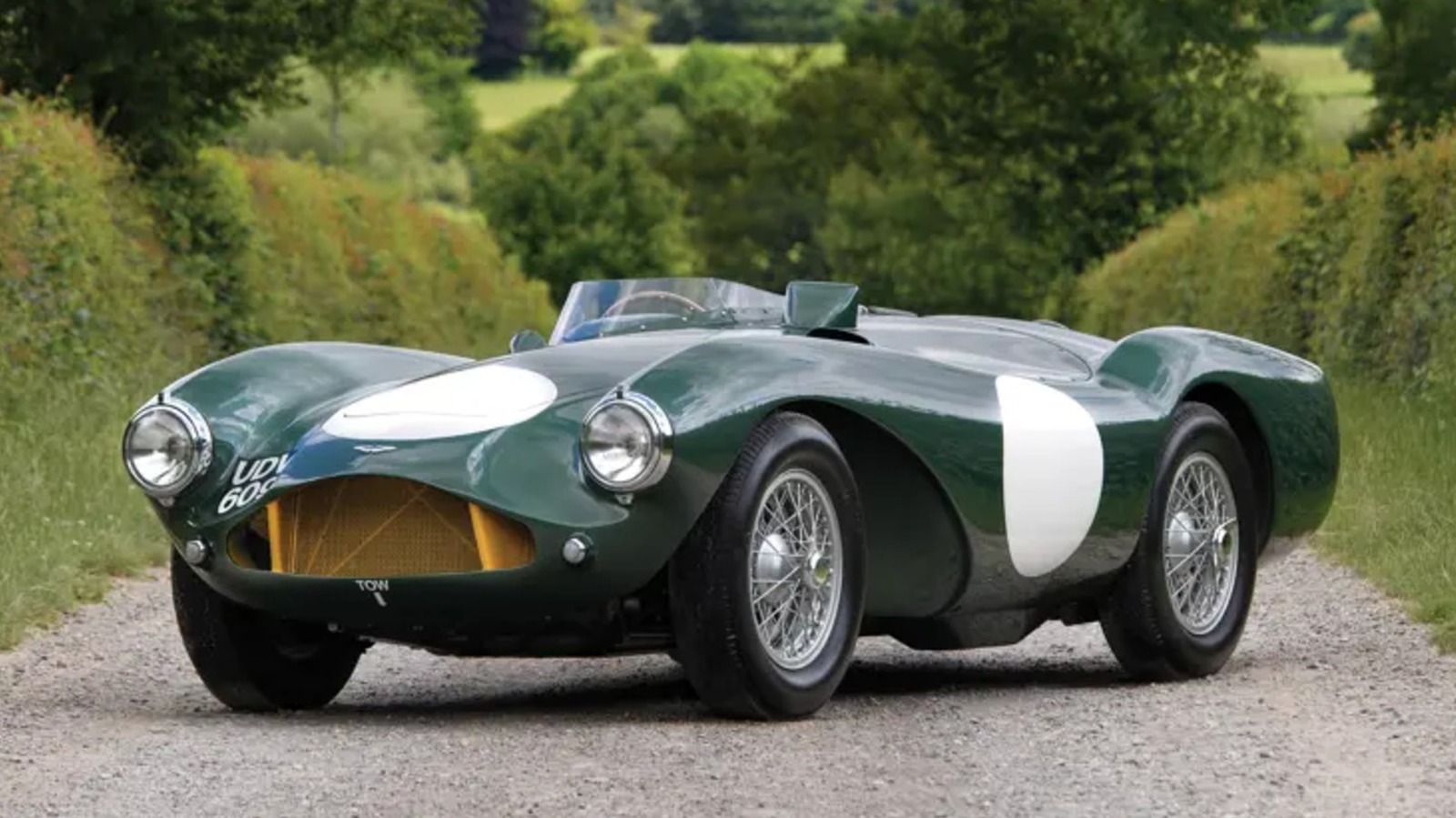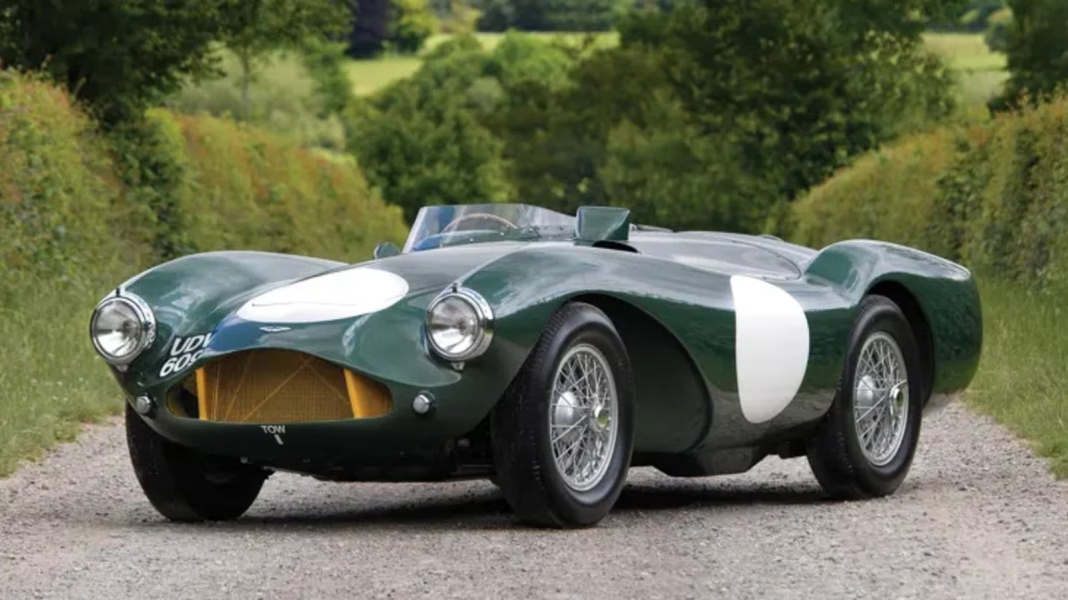The Aston Martin DB3: A Glimpse into a Rare Automotive Treasure
The Aston Martin DB3 is a name that resonates deeply within the automotive community, particularly among collectors and enthusiasts of vintage sports cars. This model, produced in the 1950s, is not just a vehicle; it’s a piece of history, embodying the spirit of its time and the craftsmanship of Aston Martin. Understanding the significance of the DB3 involves exploring its production numbers, survival rates, and current market value, all of which contribute to its allure.
Understanding the Production Numbers of the DB3
The Aston Martin DB3 was produced between 1951 and 1953, with only 29 units manufactured. This limited production run is a significant factor in the car’s rarity. Each DB3 was meticulously crafted, showcasing the brand’s commitment to quality and performance. The model was designed for racing, and its engineering reflected the innovative spirit of the era.
The low production numbers were not merely a result of exclusivity; they were also influenced by the post-war automotive landscape, which was characterized by resource constraints and a focus on rebuilding economies. The DB3 was intended to compete in endurance races, and its design was heavily influenced by the demands of motorsport, making it a true competitor on the track.
Survival Rates: How Many DB3s Are Still Around?
Given the limited number of DB3s produced, one might wonder how many of these vehicles have survived to the present day. While exact figures can be elusive, it is estimated that around 15 to 20 DB3s are still in existence today. Many of these surviving models have been restored to their former glory, while others remain in various states of preservation.
The rarity of the DB3 is further compounded by the fact that many of these cars were used for racing, which often led to wear and tear or even total loss in accidents. The surviving models are often cherished by collectors who recognize their historical significance and the craftsmanship involved in their creation.
Evaluating the Current Market Value of the DB3
The market value of an Aston Martin DB3 can vary significantly based on its condition, provenance, and restoration history. Recent sales have shown that well-preserved models can fetch prices upwards of $1 million at auction. For instance, a DB3 that has a documented racing history or has been restored by a reputable specialist can command even higher prices.
The appreciation in value of classic cars like the DB3 can be attributed to several factors. Firstly, the growing interest in vintage automobiles among collectors has led to increased demand. Secondly, the DB3’s association with motorsport and its limited production numbers make it particularly appealing to those looking to invest in automotive history.
Expert Insights on Collecting Classic Cars
Experts in the field of classic car collecting often emphasize the importance of provenance and condition when evaluating a vehicle’s worth. According to classic car appraiser and enthusiast John Doe, “The story behind a car can significantly enhance its value. A DB3 with a racing pedigree or celebrity ownership can be worth much more than a similar model without such a history.”
Additionally, the rise of online auction platforms has made it easier for collectors to buy and sell rare vehicles, further driving up prices. As more people become aware of the investment potential in classic cars, models like the DB3 are likely to continue appreciating in value.
The DB3’s Legacy in Automotive History
The Aston Martin DB3 is more than just a rare car; it represents a pivotal moment in automotive history. Its design and engineering innovations laid the groundwork for future Aston Martin models, and its success in racing helped solidify the brand’s reputation for performance and luxury.
For enthusiasts and collectors, owning a DB3 is akin to possessing a piece of art—a tangible connection to the past that embodies the passion and ingenuity of its creators. As the automotive landscape continues to evolve, the DB3 stands as a testament to the enduring appeal of classic cars and the stories they tell.
In summary, the Aston Martin DB3 is a rare gem in the world of classic automobiles, with a limited production run, a small number of surviving models, and a market value that reflects its historical significance. For collectors and enthusiasts alike, the DB3 is not just a car; it’s a cherished piece of automotive heritage that continues to captivate and inspire.


